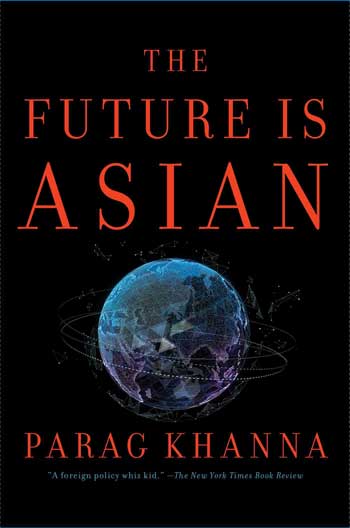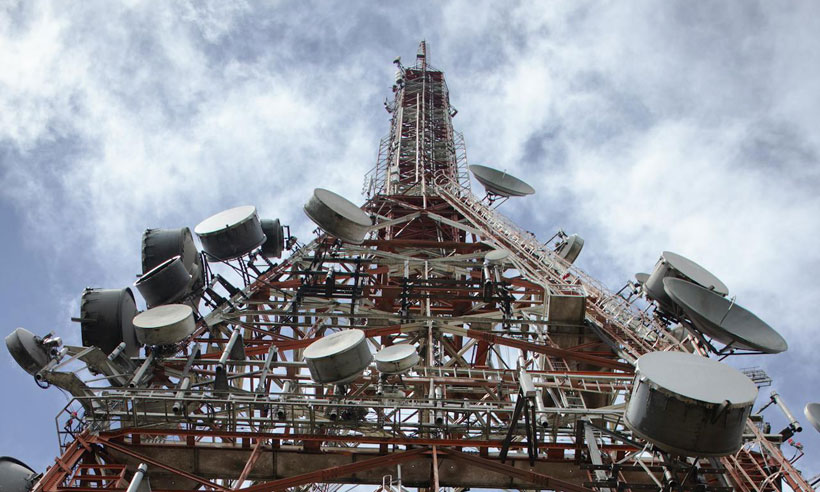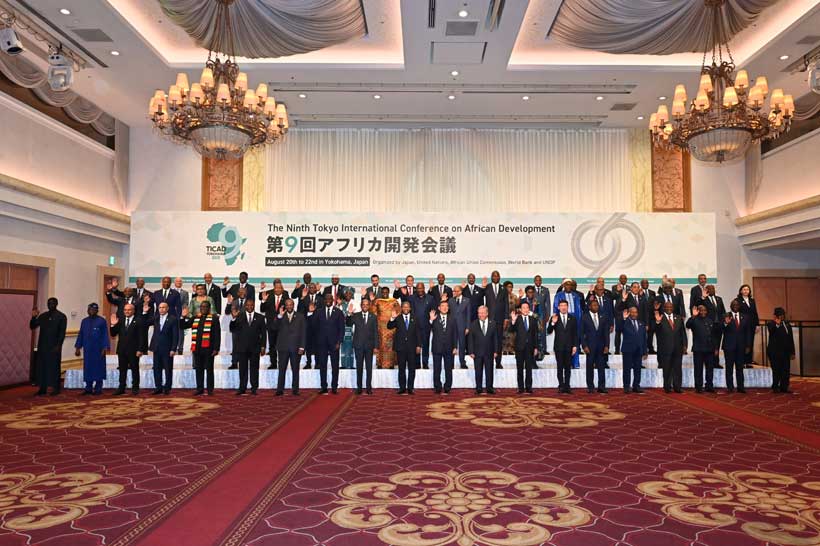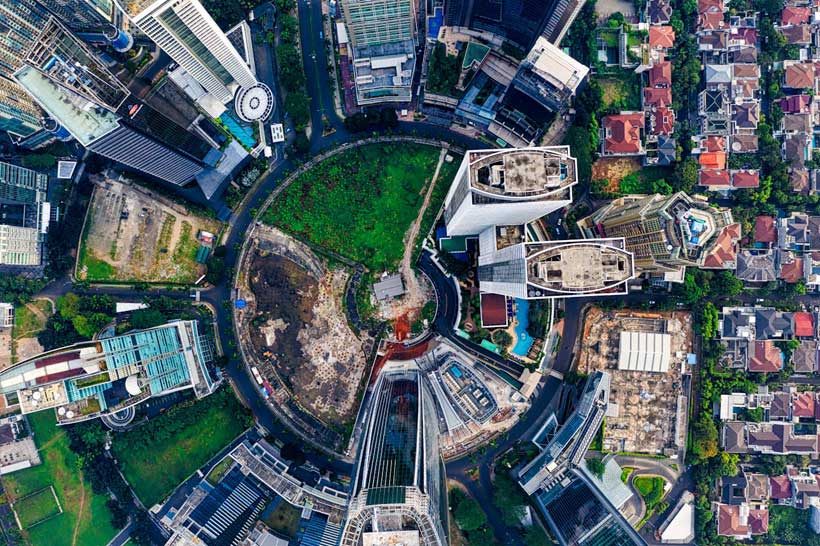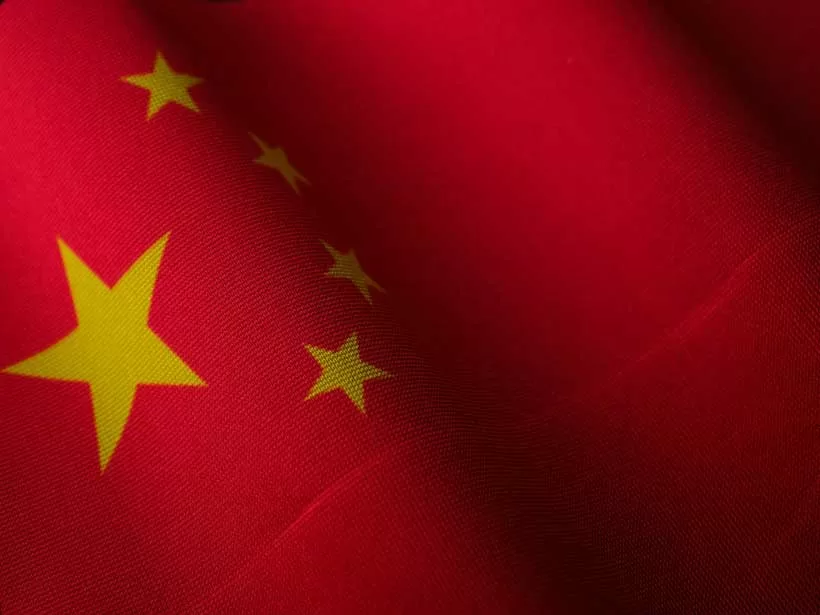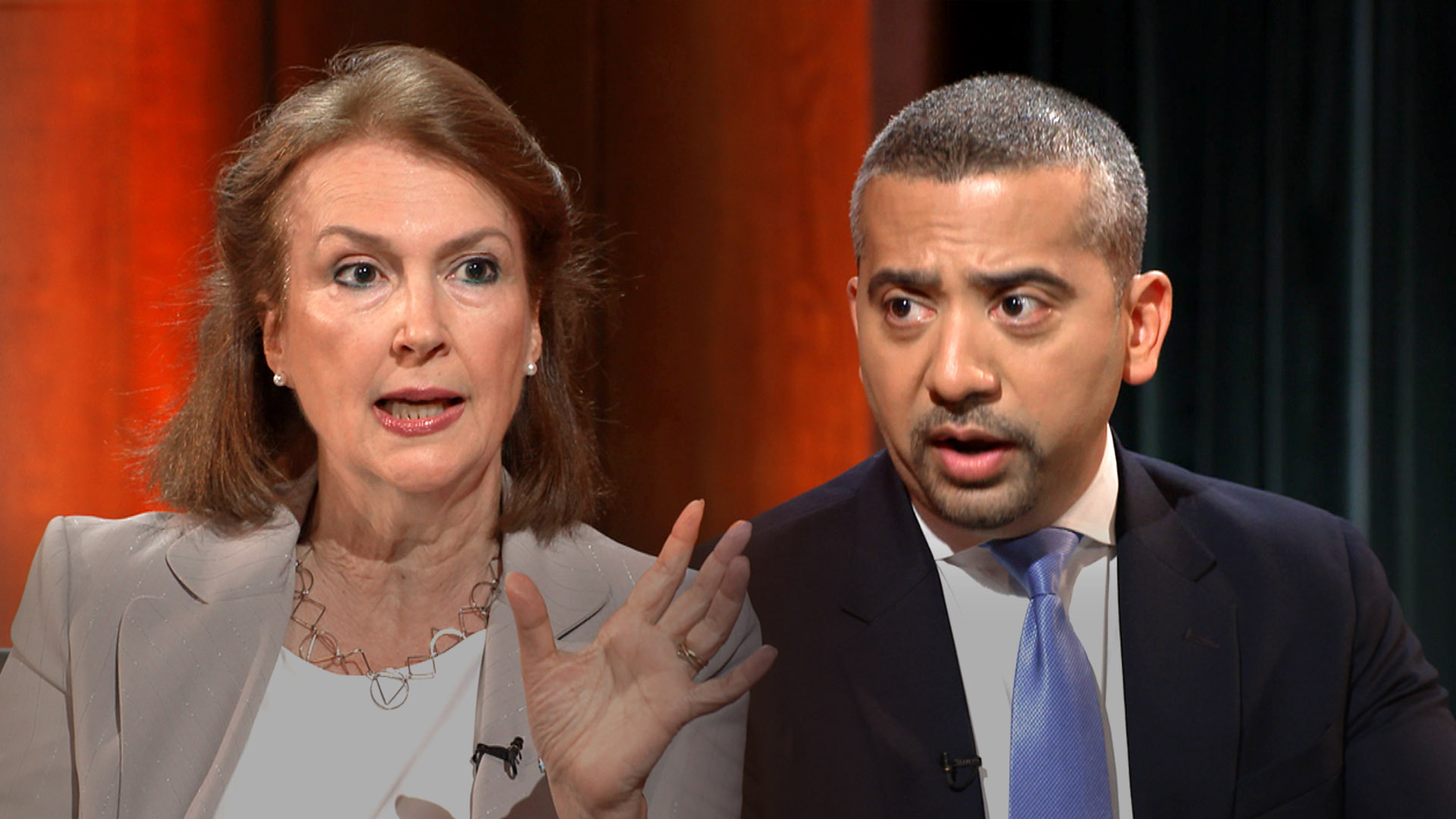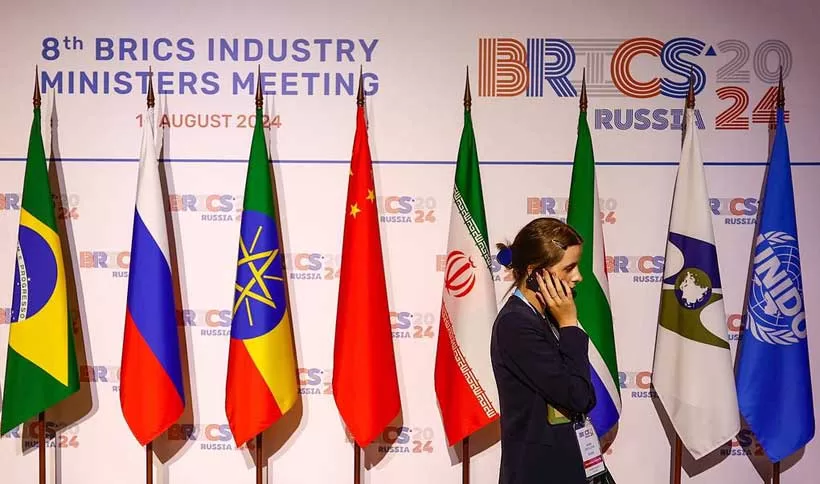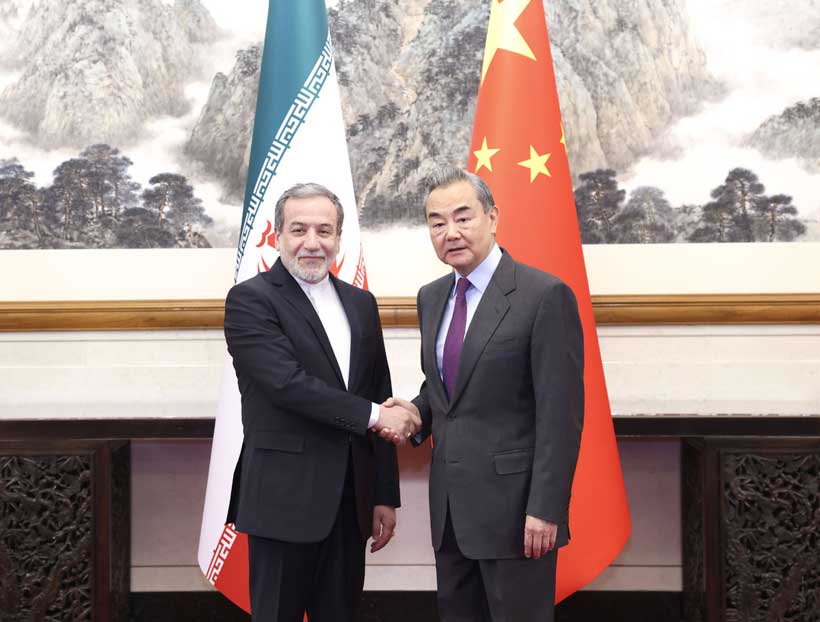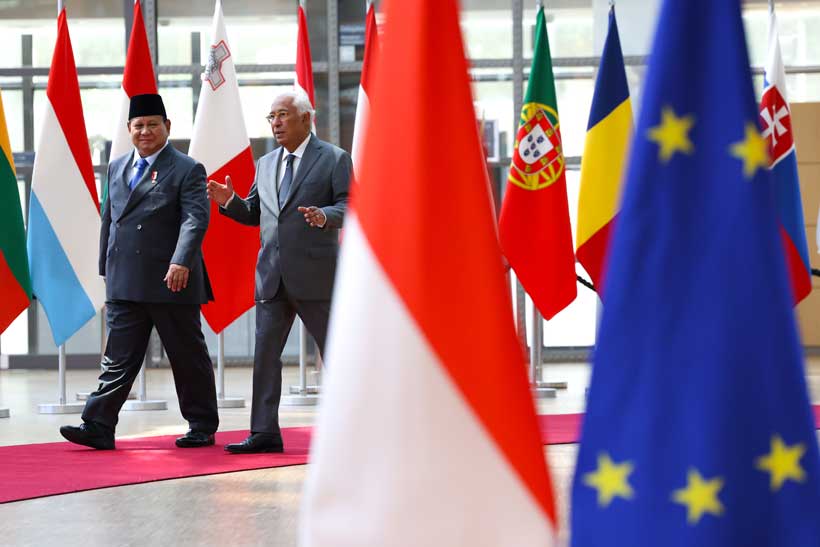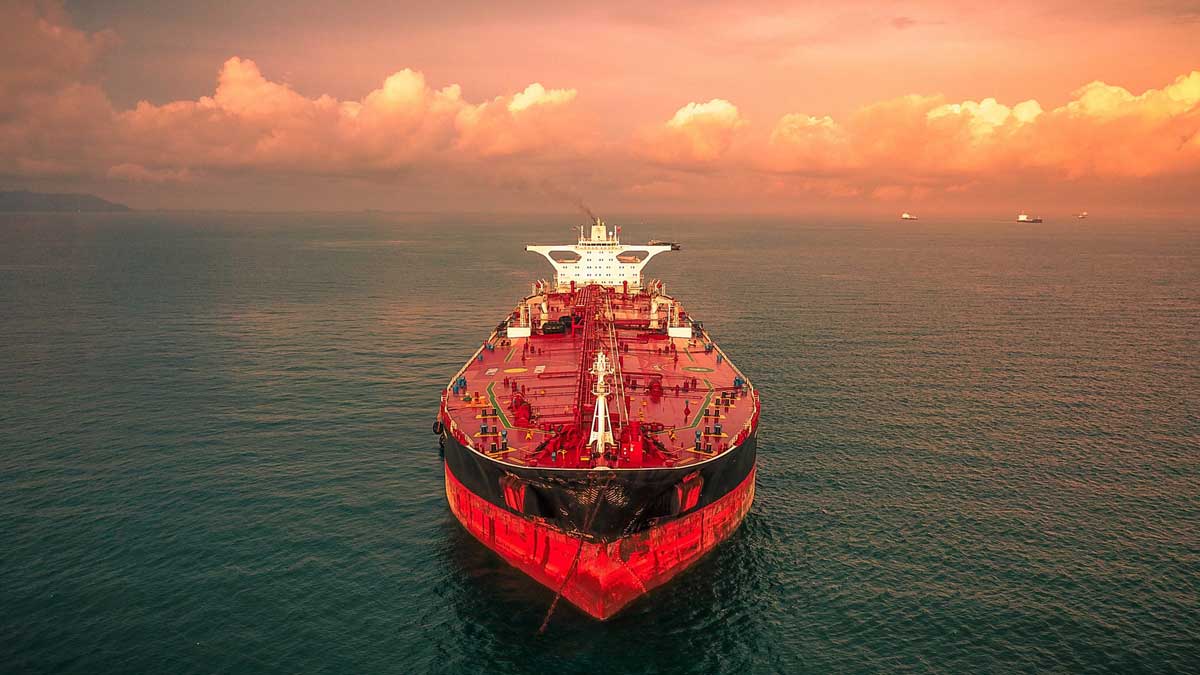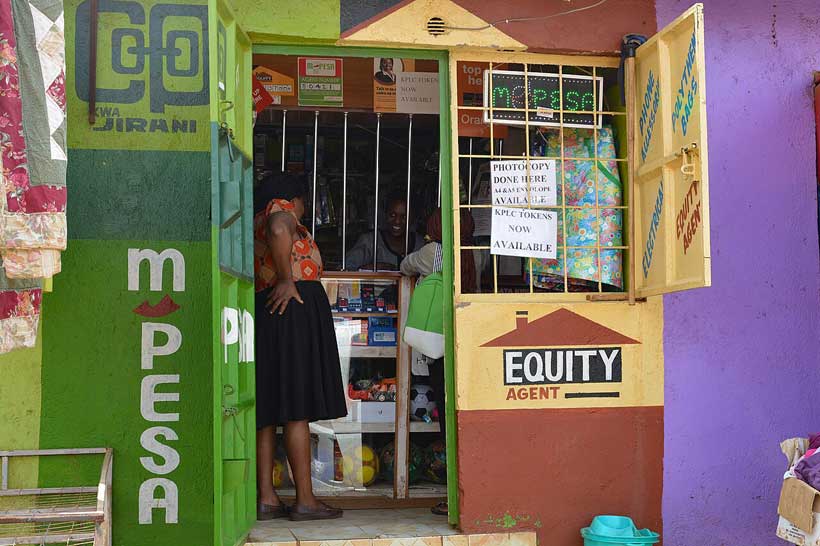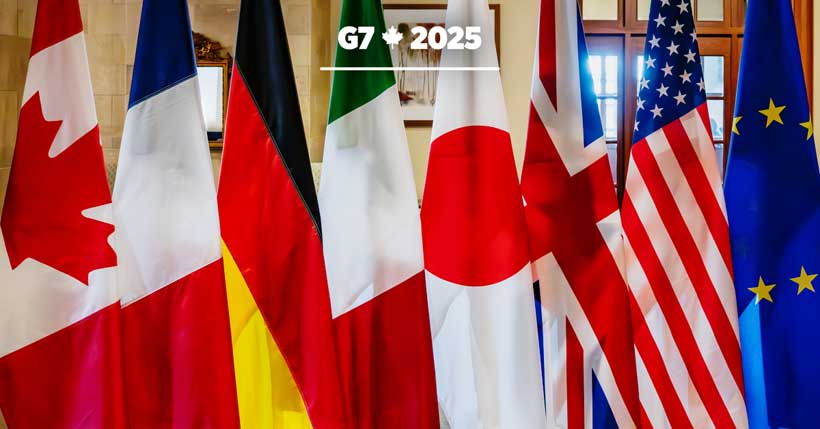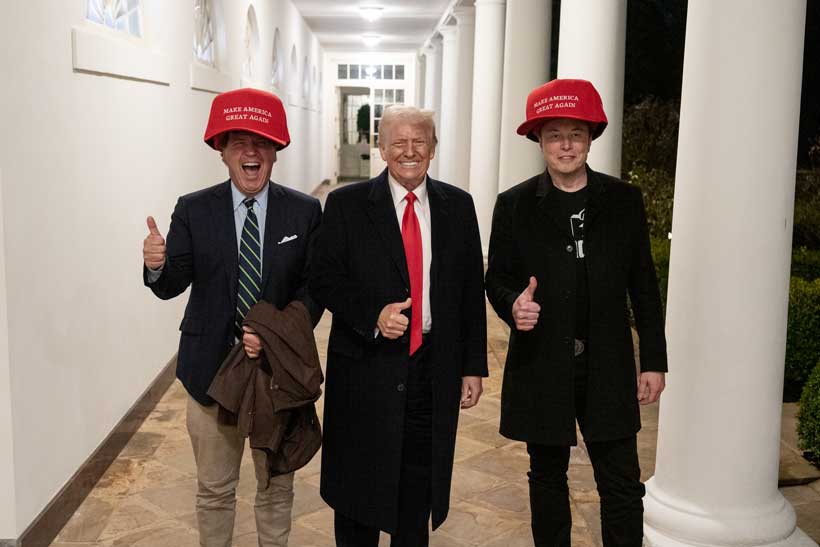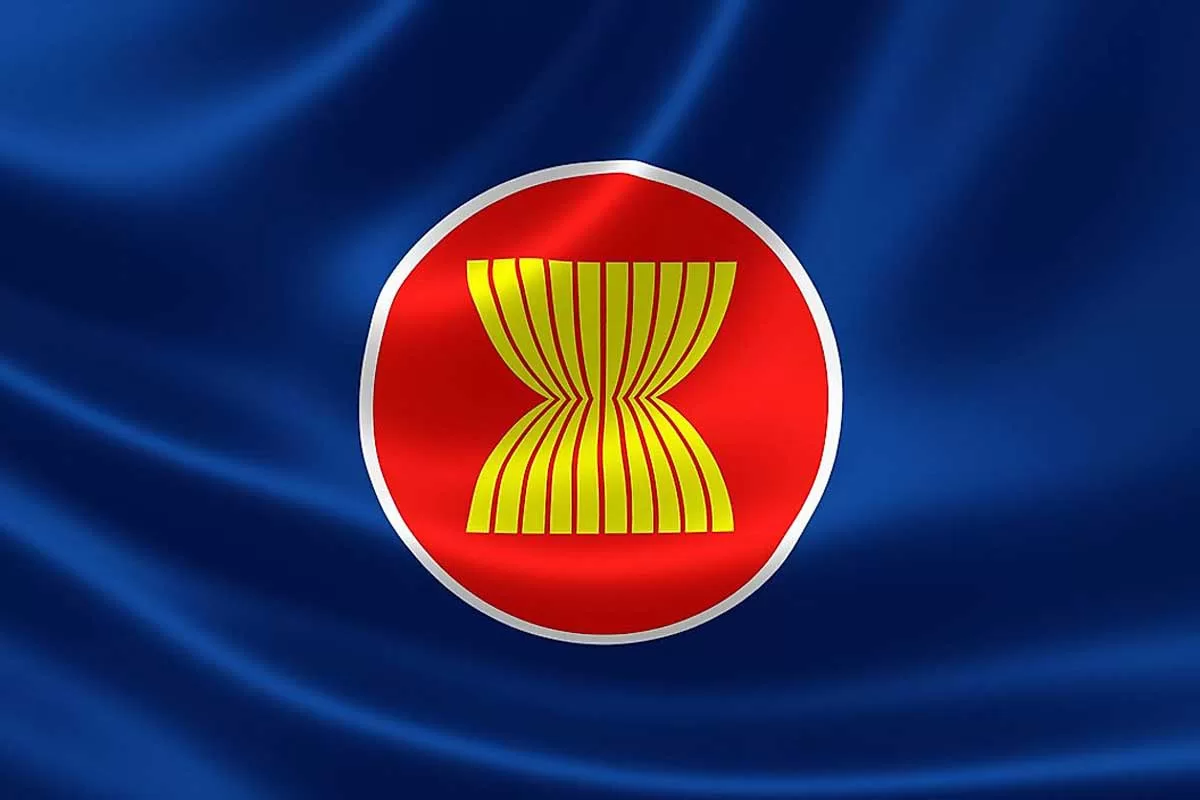The Future Is Asian- Book Review
“Asia dominated the Old World, while the West led the New World—and now we are coming to a truly global world.”– Parag Khanna, “The Future Is Asian,” Epilogue
The Future Is Asian (2019) by Parag Khanna takes us on a journey to show how political landscapes are revolving around Asia. The 21st century is not just about the story written in the halls of Washington or the skyscrapers of New York; rather, it is being drafted in the busy streets of Mumbai, Seoul’s high-tech corridors, and the skylines of Shanghai. Parag Khanna, a renowned global strategy advisor, author, and the founder of, makes him well suited to explore the nuances of Asia’s evolving role in the global arena. He gives us a picture of how global focus is shifting eastward and not just only toward China but rather toward a combination of diverse nations whose collective strength is reshaping global dynamics.
This book spans extensive areas in ten chapters covering Asian history, economics, and global relations of Asia with other continents. The book encompasses nearly all information from China’s infrastructure projects in Africa to K-pop with vast data and name-dropping events, which basically shows Khanna’s portrayal of the “Asia First” paradigm, which is not solely a story about China.


Khanna delivers his main arguments in the first chapter of the book, which is “Introduction: Asia First,” and the rest are basically data-oriented logic to support his argument.The basic premise of the book is that while everyone is focusing on China, Asia is not all about China. Khanna highlights the diversity of Asia beyond China by emphasizing that out of the almost 5 billion people living in Asia, only 1.5 billion are Chinese. Around 40 percent of global GDP is represented through this new Asian system consisting of around 5 billion people. Though China, through its BRI project, is reclaiming its historical roots of the ancient Silk Road and has even surpassed the USA in terms of PPP, it will not lead alone. As Asian countries don’t want the modern colonization of China, as they are still proud of their own nationality and history.
Khanna’s stance on U.S. concerns regarding Chinese neocolonialism in Africa and Asia is notably optimistic. His optimism is striking, but it raises questions about whether he is underestimating the risks, mainly the Sino-Russian strategic cooperation.
The fact that this book, unlike most Western history books, takes an Eastern perspective on world history to counterbalance Western narratives by integrating the lives and lessons of the Buddha and ideals of Confucius, the Mughal Empire’s legacy, China’s Ming Dynasty’s maritime explorations, and numerous other pillars of Asian history. This is the most striking factor of Chapter Two.
In the third chapter, Khanna introduces “Asianization,” pointing out that the previous centuries were basically defined by Europeanization and Americanization, but the 21st century is all about Asianization. He describes the broader Asianization of Iran, Pakistan, Central Asia, and Southeast Asia through economic partnerships and integration such as the Regional Comprehensive Economic Partnership (RCEP), the Bangladesh-China-India-Myanmar Economic Corridor (BCIM), and the Association of Southeast Asian Nations (ASEAN) by putting aside geopolitical tension and rivalry. As he states,
“Geopolitical rivalries will only speed the Asianization of Asia.”
– Parag Khanna, “The Future Is Asian,” Chapter 3: “The Return of Greater Asia”
Asia-nomics, described in the fourth chapter, portrays how Asia is coming to the forefront in the field of digitization, AI, and also startups and how it is accelerating Asia’s robust economy by referring to the development in digitization sectors of countries like Bangladesh and India and also the AI domination of China.
Chapter 5 expands the influence of Asian diasporas in the Americas and their growing cultural interaction. He gives a detailed overview of how Asian diasporas are becoming important economically and culturally in the US and in Latin America.This bidirectional flow works as a bridge and facilitates trade and innovation on both sides, often through cultural exchanges.
Chapter 6 analyzes the complex and ever-evolving relationship between Asia and Europe. Khanna points out the bittersweet legacies of colonization still remain a major factor in social integration in this case despite strong economic ties. This chapter underscores the paradox of Europe’s admiration of the Asian economy and, at the same time, an everlasting ambivalence toward Asian people.
Khanna explores Asia’s growing ties with Africa in Chapter 7 by framing it as a deliberate and strategic investment in infrastructure that rejects the historical concept of European colonialism. His optimism lies in the fact that Asian states like China, India, and Japan are building a “Pan-African connectivity, ma,” and this process is more developmental than commercial. He identifies Asia’s approach to Africa as noncolonial and pragmatic, showing a clear distinction from past colonial powers. As he states,
“Asians are racing to connect Africa, not to divide it.”
– Parag Khanna, “The Future Is Asian,” Chapter 7: “The Return of Afroeurasia”
Chapter 8 expands on Asia’s growing and often overlooked prospect of South-South cooperation. China holds a key position here as an important trading partner for Brazil, Chile, and Peru while also highlighting Japan’s and South Korea’s high-tech partnerships. This narrative extends to the spread of Asian values and cultural and educational exchange, which is a determiner of soft power.
The ninth chapter, on Asia’s Technocratic Future, is an intriguing argument of this book. Khanna makes the case against democracy in favor of pragmatist, meritocratic technocracy, clearly drawing inspiration from his residency in Singapore. According to him, Asians are more intrigued by the improved outcomes of technocracy. States throughout Asia are adopting a similar approach. Some of these traits are starting to appear in Western democracies as well.
Khanna did an impressive job in the last chapter, which focuses mostly on enhancing the shared perception among Asians of what it means to be Asian by fusing social and cultural exports of growing appeal, from Bollywood to K-pop and even the flavor of various cuisines.
In critically evaluating “The Future Is Asian,” it’s evident that Khanna’s logic is thought-provoking, yet they present some contradictions. The reader is quite impressed by the wide range of topics that this book covers without sacrificing depth. The sarcastic comments, exposition, and suitably appropriate examples are indeed praiseworthy.This book also works as a contribution to policymakers, students, and researchers who want to delve into the complex issues of Asia as a whole for comprehensive study.
While he claims that Asia is not just about China, which serves as a key source of confusion because all the data and facts he presented throughout the book do in fact support China’s ascent to power. Throughout the book, Khanna made references to Asia-nomics and Greater Asia as though the region were a single entity with a distinct global viewpoint. However, national identities remain powerful in Asia.
Khanna seemstoo enthusiastic about technocrats solving the region’s problems, oversimplifying the issues and the differences even by calling Modi a “technocrat” despite his promotion of nationalistic agendas.The future is undoubtedly Asian, but this book ignores the challenges of getting there and any potential drawbacks.
The Future Is Asian is like walking into the future as it is happening, something that people who only see the world from a Western perspective might not fully comprehend. Khanna’s positive view of Asia’s ascent provides a crucial narrative in opposition to the fear-mongering discourse prevalent in Western media. To those who are interested in global trends, realize that the future isn’t only Asian—it’s already here, being shaped in the vibrant streets and artistic places of this continent.
Note on References: All citations are based on the e-book version of Khanna, P.(2019).The Future Is Asian:Commerce,Conflict and Culture in the 21st century(e-book edition).Simon & Schuster
